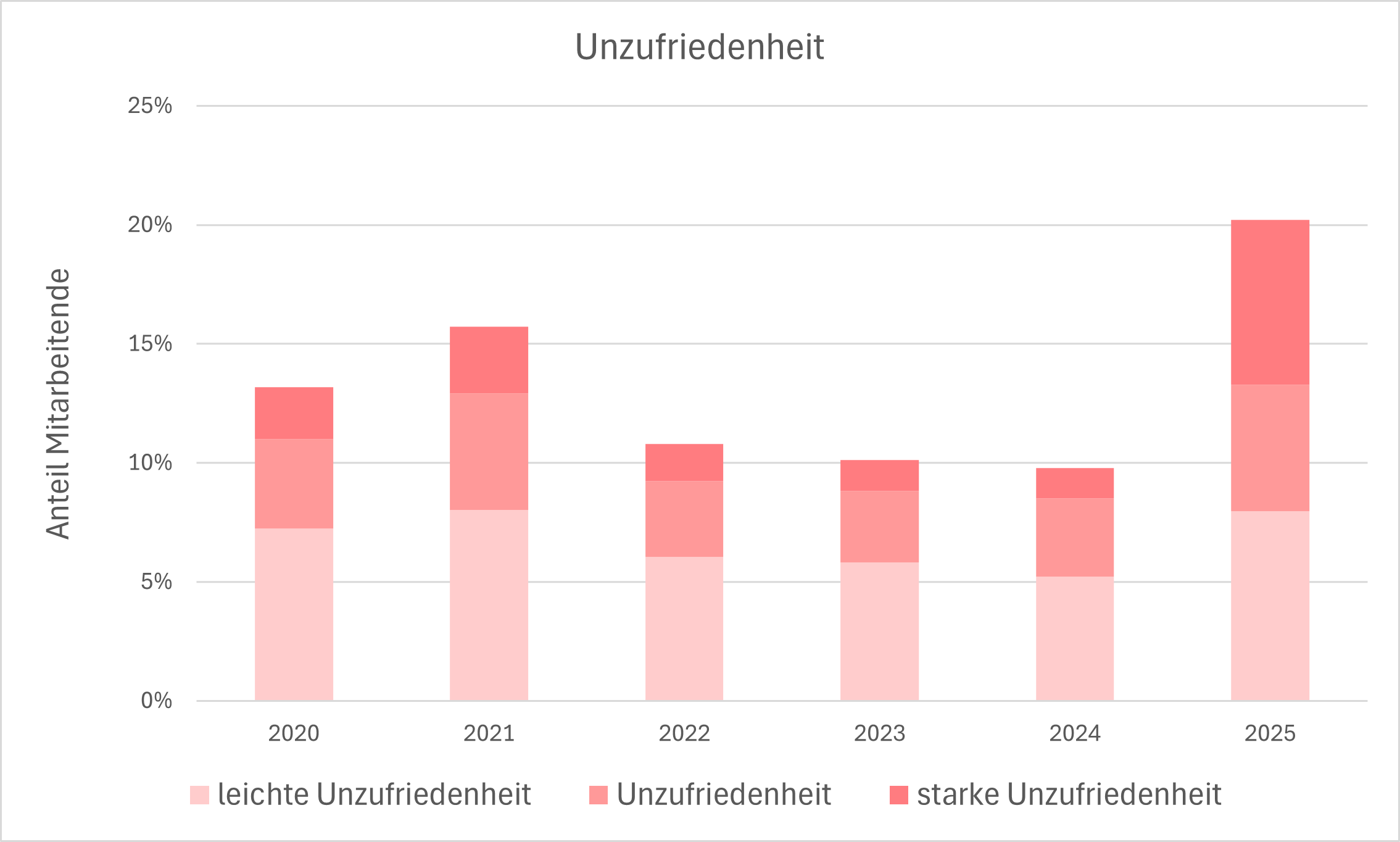According to the International Monetary Fund's World Economic Outlook of October 14, 20251 The economic situation in most European countries is still subdued. With a forecast total growth of 1.3 percent for the Eurozone, the outlook is better than in 2024 — but still clouded.
Germany and Austria are particularly affected; with economic growth of 0.2% and 0.3%, the two countries are at the bottom of the Eurozone.
Brief overview (TL; DR)
- Economy: Tough environment, but initial signs of recovery are visible. In 2025, Germany will only grow slightly (0.2%), in 2026 somewhat more strongly (forecast is 0.9%). With forecast growth of 0.3% (2025) and 0.8% (2026), things are not looking much better for Austria either.
- Prices & monetary policy: Inflation in Germany is approaching the 2% mark, which was 2.4% in September 20252. Inflation in Austria remains high (approx. 4%)3. Recently, the ECB has kept interest rates stable.
- labor market: Unemployment rises slightly but remains historically moderate: Eurozone 6.3%, Germany 3.7%, Austria ~ 5.8% (as of October 2, 2025)4
- vibes: Business and investor sentiment is fluctuating, industry is economically struggling. Employee satisfaction also fell sharply in 2025.

What does that have to do with feedback? — Quite a lot.
The economic pressure of the aspects mentioned above has an enormous impact on safety, orientation and trust — and productivity, quality and ability to act immediately follow.
Without an up-to-date, reliable picture of the situation from the organization, management and HR are often left in the dark. But how do you find out whether there is already a need for action within your own company?
That's right — with targeted feedback from within!
Feedback shouldn't be a ritual, but a guide. It provides information on how the workforce is doing, where there are difficulties, fears and problems, but also where potential lies hidden and which questions management should answer.
The given orientation creates what currently counts the most: security, trust and the ability to act. Especially in difficult economic times, knowledge of the current situation of employees, partners and customers is therefore of enormous importance.
Overview
Why now?
The new reality for HR
What to do?
What's the point?
Why should feedback be obtained right now?
- dynamism: Situation and expectations change at very short intervals.
- topicality: Results from 2024 or earlier often no longer adequately reflect the present tense.
- Quality of decisions: If you capture signals quickly, you can prioritize better.
- tempo: Framework conditions will change faster in 2025 than traditional planning cycles. Without fresh feedback data, management and HR are flying blind.
Not in spite of, but precisely because of, the difficult economic situation, now is the right time to collect up-to-date data on the health and situation of the workforce — in order to clarify priorities and remain able to act.
Regular, up-to-date feedback creates a clear picture of the situation and helps to make decisions comprehensibly and effectively.
The new reality for HR: The pace of change beats annual planning
Budget, staffing requirements, skills, tools, uncertainties — today, many things revolve around weeks, not years. In addition to the classic, annual employee survey, smaller, more targeted surveys, such as pulse checks, or direct feedback, provide even more up-to-date awareness of the situation and signals for operational management.
Modern feedback systems link employee experience with company performance.
The logic is simple:
From snapshot to impact: measure briefly → decide clearly → deliver visibly.
In order to be able to sustainably record employee experience, there are flexible feedback systems which can quickly and easily query topics:
- How are the teams doing right now?
- What prevents performance next week?
- Which decisions must managers make quickly right away?
This requires:
- Regular, short queries (pulses) for orientation.
- Quick prioritization
- Transparent translation of results into concrete measures with verifiable implementation.
- Recurring pulse surveys or feedback on demand to measure impact — not “at some point,” but within a few weeks.
What to do
Capture a situation picture: In times of turmoil, an up-to-date, shared understanding of the situation is needed. This includes a clear view of the mood, stress and ability to work in teams as well as interfaces that work smoothly — or not. A current, shared understanding of the situation prevents decisions based on outdated assumptions. Right now, it provides orientation, makes bottlenecks visible and lays the basis for focused action.
Get feedback: Snapshots from the previous year are usually no longer accurate in such a rapidly changing world. Feedback systems such as pulse surveys (short, regular surveys), which provide recurring, timely signals, provide remedies.
Just a few, precise questions are enough to identify trends, make bottlenecks visible and check the impact of measures. Especially for decentralized and remote teams. Even simple employee or customer surveys can provide data on the current situation in a short period of time.
Observe & learn early indicators: A few meaningful indicators such as workload, waiting times or fluctuation intent can provide quick signals when collected regularly. With short reviews, it is possible to quickly identify which indicators start in which parts of the organization or in the team, and what they stand for — such as overload, process backlog or leadership requirements.
Illuminate interfaces: For feedback to consistently translate into learning and action, it is important to clearly identify responsibilities and expectations between teams and organizations and to easily document them. This reduces friction in day-to-day business, increases reliability and creates the basis for rapid decisions.
What's the point?
An up-to-date picture of the situation provides orientation, strengthens trust and brings clarity of priorities to everyday life. Regular feedback makes bottlenecks and trend changes visible early on, so teams can make decisions faster and more securely. This leads to measurable effects: higher employee loyalty through comprehensible decisions, increasing productivity due to less friction, and clearer responsibilities.
Summarized: Through feedback at shorter intervals, teams gain orientation, act faster, reduce risks and strengthen exactly what counts now: the experience of their employees — a key driver for sustainable corporate success in dynamic times.
Sources:
[1]https://www.imf.org/en/Publications/WEO/Issues/2025/10/14/world-economic-outlook-october-2025
[2]https://www.destatis.de/EN/Press/2025/10/PE25_374_611.html
[3]https://www.statistik.at/statistiken/volkswirtschaft-und-oeffentliche-finanzen/preise-und-preisindizes/verbraucherpreisindex-vpi/hvpi
[4]https://ec.europa.eu/eurostat/de/web/products-euro-indicators/w/3-02102025-ap








